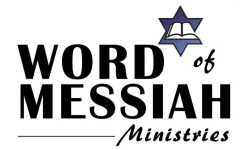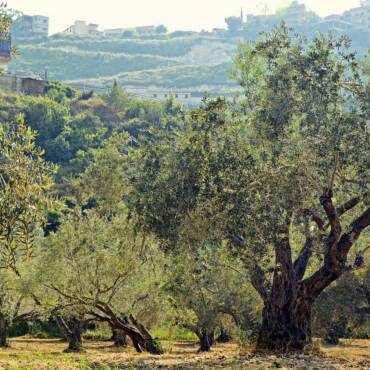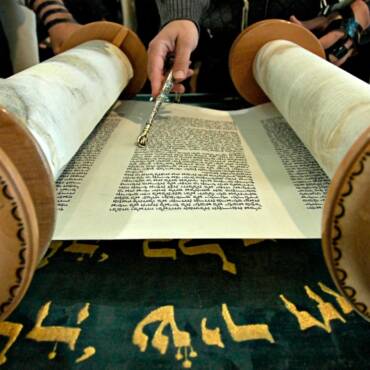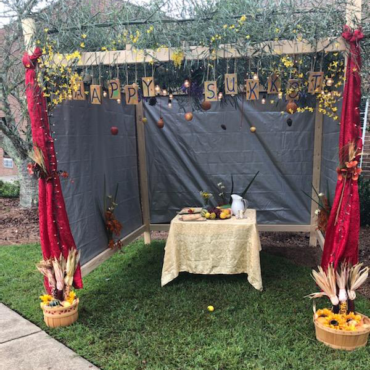You Can Reach Out!
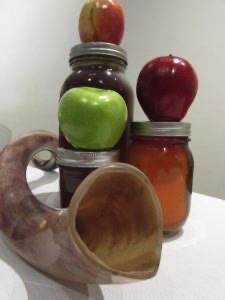
By Miriam Nadler
Rosh HaShanah literally means the head (rosh) of the year (ha shanah). This year it begins Sunday evening September 9th, at sundown. Ten days later on Tuesday, September 18th, at sundown, Yom Kippur (Kol Nidre) (the Day of Atonement) begins. The term “High Holy Days” conveys the great importance of this time. Another name for these ten days is Yamim Noraim (pronounced Ya-meem Nor-a-eem), the “Days of Awe.”
The Traditional View
According to the traditional view, during this ten day period between Rosh HaShanah and Yom Kippur, as Jewish people we are to search our souls in humility and trepidation hoping that God will judge us to be worthy to be inscribed in His book for the coming year. During these ten days, God is in heaven with three books before Him. One of these books is for the “perfectly wicked”. One for the “perfectly perfect” (a very small book indeed!), and one for those who are neither perfectly wicked nor perfectly righteous. According to tradition, God watches our behavior, especially during this time, to determine if He will write (or inscribe) our names in The Book of Life for one more year. You could think of these ten days like cramming for that final exam up to the very last minute. In this case the final moment would be at the conclusion of Yom Kippur. As we begin to understand how awesome these “Days of Awe” are in the eyes of the Jewish community, we can begin to have a greater sensitivity regarding the importance of these Holy Days for our Jewish friends and neighbors.
Here’s What You Can Do To Express Friendship:
* Send a Rosh HaShanah card, (during High Holy Days, September 9th– September 19th). These cards are easily found in drug stores, Hallmark, even WalMart!
* You can also give a gift basket with apples, honey, or honey cake, (of course, chocolate or other fruit could be added). **See recipe section on page 4.
* You can greet your neighbors with a “Happy New Year” or try the Hebrew version “L’shanah tovah tikatevu (pronounced Lah-sha’-nah to-vah’ tik-ah-tay’-vu) which means “May you be inscribed for the new year.” Don’t worry if you make a mistake in saying the Hebrew, just ask for help.
* Engage your friend in conversation and ask questions about the meaning of the holy days for them and their families. Have a listening ear and a big heart. Remember, a little salt seasons a conversation, but the whole box is hardly palatable.
* Pray and ask the Lord to draw your friend to consider his/her relationship with the living God in light of not only tradition, but particularly the Scriptures. If appropriate, share your hope in Messiah’s atonement, His pardon through grace as a gift, and how to have our names written in the Lamb’s Book of Life. In the Charlotte area, be sure to attend services at Hope of Israel Congregation!
A Sweet Start for a Sweet New Year!
Traditionally, we dip apples and a piece of Challah (bread) in honey with the wish that the new year will be filled with the Lord’s sweetness and for good things to permeate our homes each day. Enjoy, and Happy New Year!
HONEY CAKE
1c honey
1tsp salt
1c packed brown sugar
1tsp ground cardamom
¼ c butter
1tsp ground cinnamon
1c orange marmalade
1tsp ground cloves
4c sifted flour
½ c milk
3tsp baking powder
Blanched almonds, split
Mix the honey, sugar and butter in a saucepan. Bring to a boil, stirring. Remove from heat and add orange marmalade. Mix together in a bowl: flour, baking powder, salt, cardamom, cinnamon, and cloves. Add the honey mixture and milk. Mix till smooth.
Turn batter into 2 greased 9×5-inch cake pans. Set almonds on top of loaves in design, slightly press into batter.
Bake at 370 degrees for 40 minutes, until cake tester pushed into center comes out clean.
Remove from pans and cool. Makes 2 cakes.
